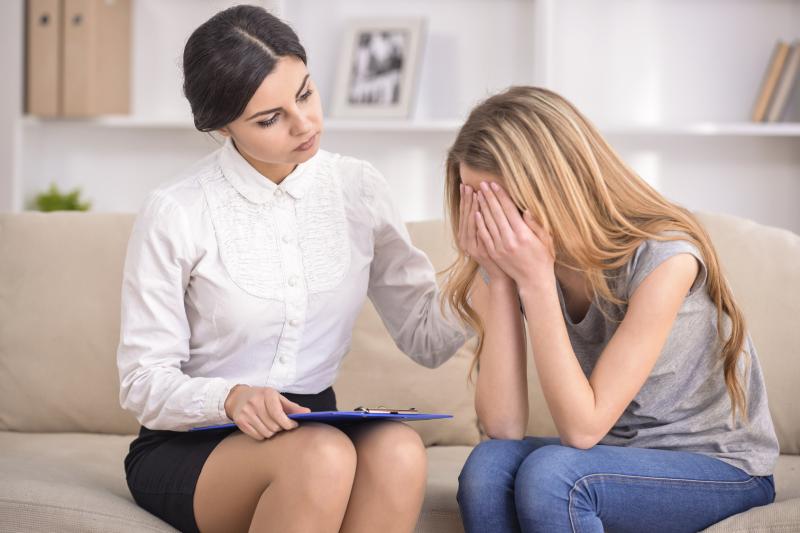 CGH emphasizes importance of early intervention for trauma patients
CGH emphasizes importance of early intervention for trauma patientsInterpersonal life events predict the onset of direct self-injurious behaviours (D-SIBs) among adolescents, a recent study has found.
Researchers longitudinally assessed 1,933 adolescents (mean age, 14.84±0.9 years; 51.47 percent female) for the onset of D-SIBs, assessed using the self-report instrument Deliberate Self-Harm Inventory. Life events were evaluated using a self-reported checklist containing 27 major and minor life events.
After 12 months of follow-up, the incidence rate of D-SIB was 6.7 percent, and did not differ in males and females (50.8 percent vs 49.2 percent; p=0.596). These participants experienced a mean of 3.68±2.69 life events 6 months before baseline, while their non-D-SIB counterparts reported an average of 3.02±2.07 life events.
The number of life events emerged as a significant predictor of first-onset D-SIB. Multivariate logistic regression analysis found that each additional life event increased the likelihood of D-SIB by 11 percent (odds ratio [OR], 1.11, 95 percent confidence interval [CI], 1.00–1.23; p=0.053).
In contrast, gender (OR, 0.74, 95 percent CI, 0.39–1.41; p=0.361) and its interaction with life events (OR, 1.06, 95 percent CI, 0.91–1.22; p=0.478) were not associated with D-SIB onset.
Further disaggregation of specific life events found that encountering trouble with bullies (OR, 2.45, 95 percent CI, 1.13–5.30; p=0.023), having parents who stop or start working (OR, 1.98, 95 percent CI, 1.21–3.24; p=0.007), having trouble with parents (OR, 1.94, 95 percent CI, 1.29–2.93; p=0.002), getting into a serious argument with a close friend (OR, 1.86, 95 percent CI, 1.19–2.90; p=0.007), and changes in the health of a family member (OR, 1.77, 95 percent CI, 1.22–2.56; p=0.003) were all significant risk factors for developing D-SIBs.